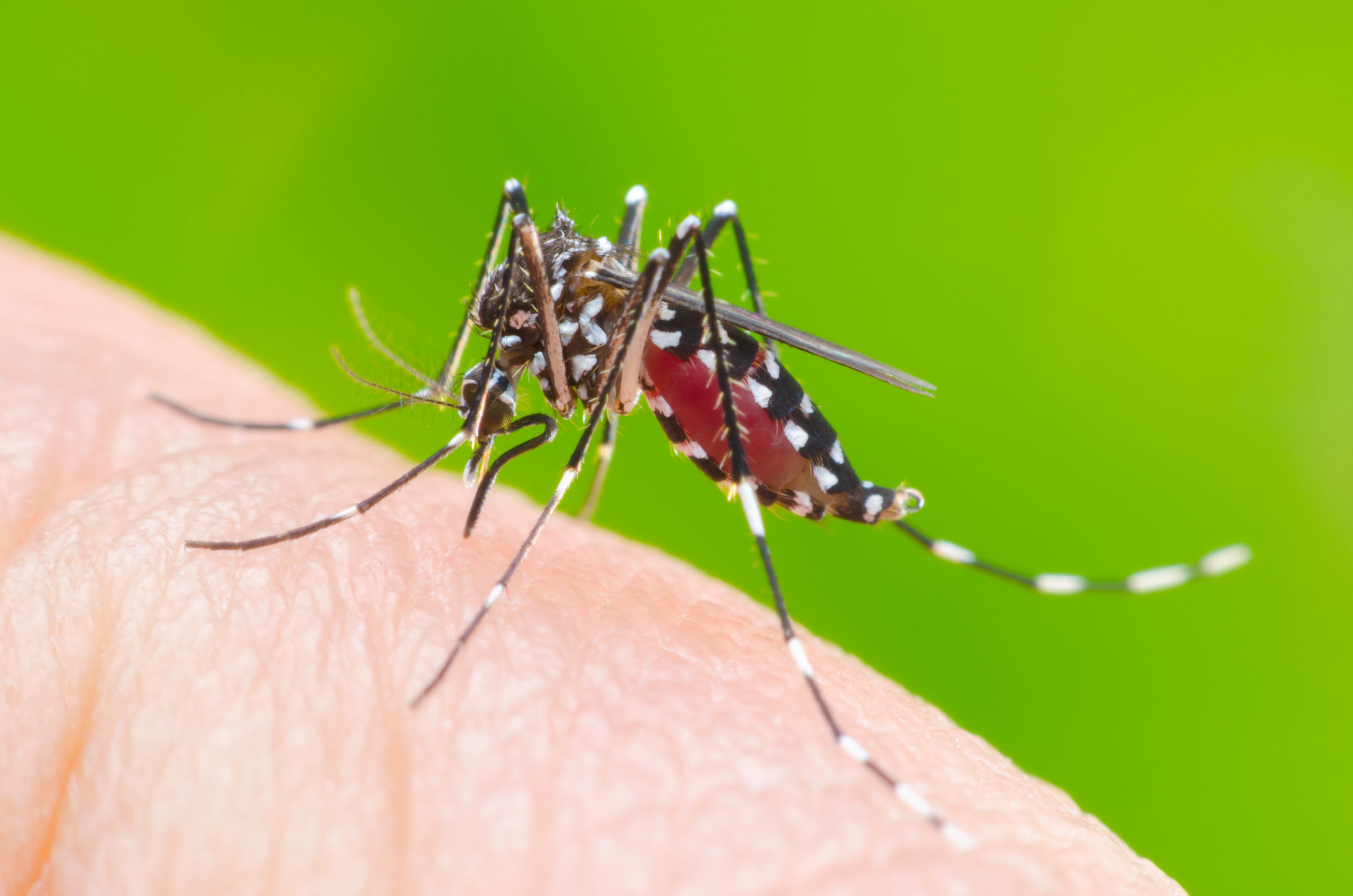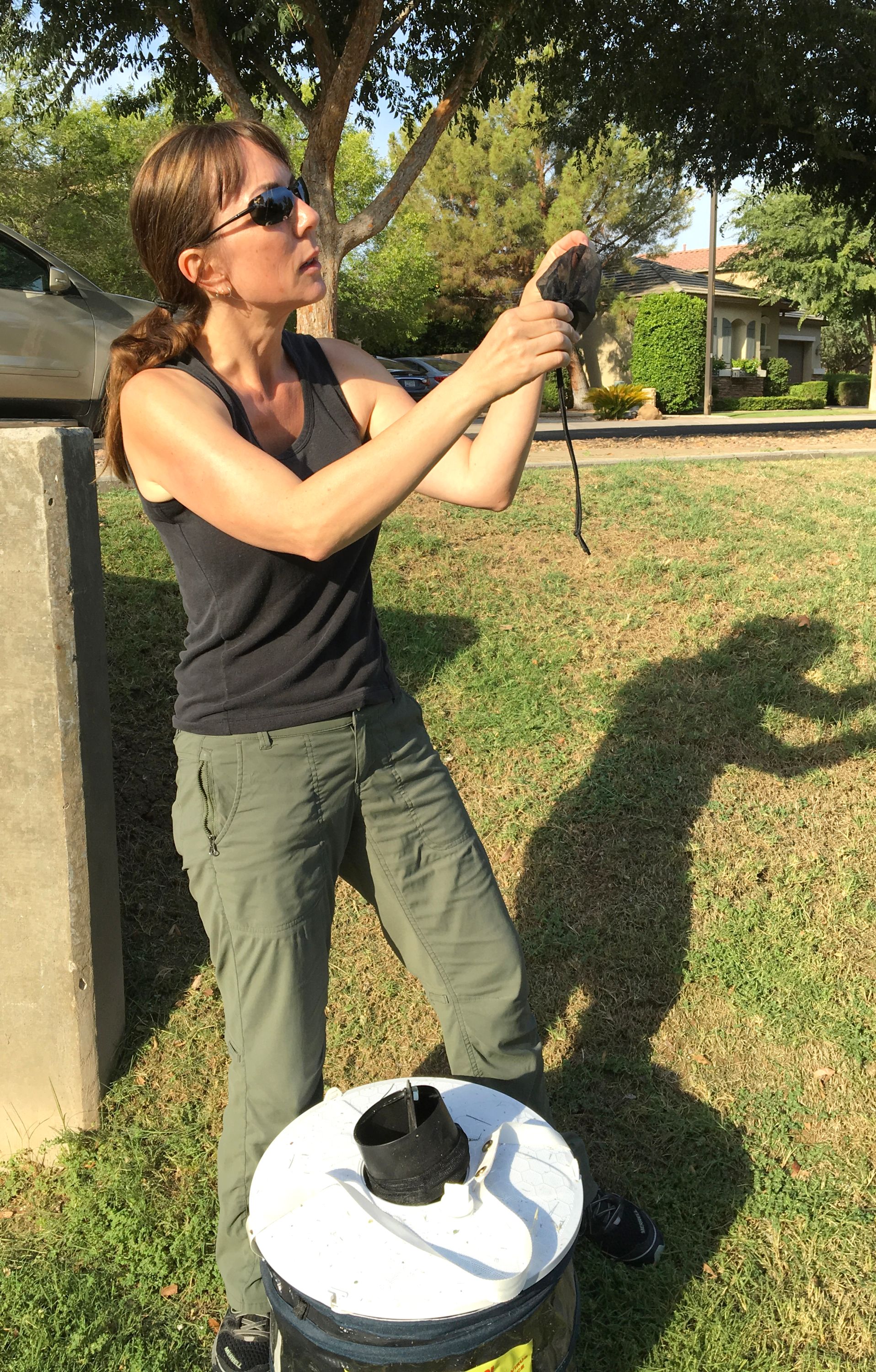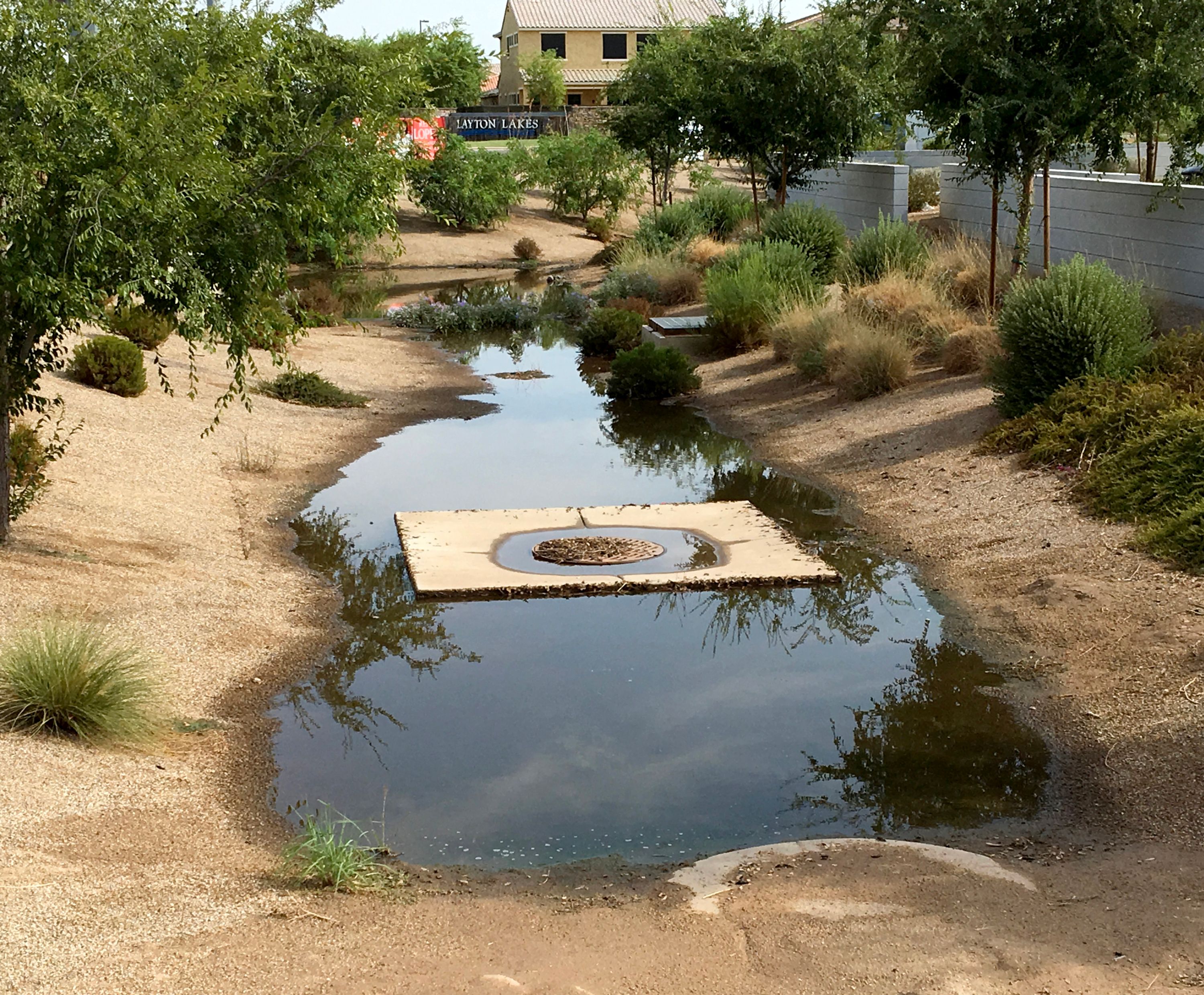Preparing for Zika in Arizona

An Aedes aegypti mosquito.
During a 2016 outbreak of the Zika virus in Florida, it took repeated aerial pesticide sprays to kill the mosquitoes spreading the disease and bring the outbreak under control.
And that made researchers in Arizona nervous.
Arizona has the kind of mosquito that can transmit Zika, which can cause birth defects when pregnant women are exposed. And Arizona law doesn’t allow the kind of aerial spraying Florida needed to stop the disease’s spread.
And that raised a serious public-health question: If an outbreak of Zika occurred, could Arizona stop it?
To find the answer, a team from the University of Arizona, working with the Maricopa County Vector Control Division, got a grant from the Centers for Disease Control and Prevention and began trapping and studying a lot of mosquitoes.
The type of mosquito that carries Zika can also transmit dengue fever, a more common, debilitating flu-like illness. In Arizona, that species is Aedes aegypti, a spotted insect that up close looks like it’s dressed to go to an ’80s dance club.
The state also has plenty of plainer-looking mosquitoes as well, members of widespread and common Culex genus. Culex mosquitoes carry different diseases, including West Nile virus and St. Louis encephalitis virus, which cause a handful of deaths and larger number of illnesses in the state every year.
The two types of mosquitoes breed in different places and bite at different times, and until very recently, mosquito-control efforts in Arizona targeted Culex mosquitoes. That gave rise to the central question of the research – do those methods work against Aedes mosquitoes?
“Once Zika showed up on everybody’s radar, we started getting really serious about answering that,” said Dawn Gouge, an urban entomologist at the University of Arizona. “Can we control Aedes aegypti in the event of a Zika or dengue outbreak? How effective are our current methods, which are aimed at Culex mosquitoes, at controlling Aedes?
“And the answer, based on last year’s fieldwork, is they’re not.”
And while sobering, those results are giving rise to changes in mosquito management targeting these new threats, and an increased focus on personal protection.
“The mosquito that will make you sick lives within 100 feet of your door and you can control it,” said Kathleen Walker, another University of Arizona entomologist working on the project. “That’s what people need to know.”
Aedes Control in a Culex World
In fact, controlling Aedes mosquitoes is easier for individuals than vector control districts.

Dawn Gouge checks a mosquito trap.
“Aedes are incredibly difficult to control,” explained Walker. “They breed in a million little backyard containers you can’t get access to. They are active during the day, but can switch that if it suits them. They’ve been exposed to a lot of pyrethroids in different places during malaria-eradication efforts, so there’s a lot of insecticide resistance. It’s just a challenge.”
In contrast, Culex are active at night and breed in bigger standing water sources like storm drains or clogged dry wells. Methods to control Culex mosquitoes include nighttime fogging from spray trucks and using larvicidal dunks to treat standing water sources. Culex mosquitoes also travel farther looking for meals compared with Aedes aegypti.
“Aedes are very much a if-you-breed-them-you-feed-them mosquito,” Gouge said. “They breed in tiny amounts of water around your home – saucers under pots, maybe dog bowls, lots of little potential habitats. But they don’t fly far – often less than a few hundred feet. So if you’re controlling them around your house, you won’t have them.”
Since controlling Aedes mosquitoes does require house-to-house inspection and treatment, the Maricopa County Vector Control Division has updated its approach, said John Townsend, the division manager. If there is a dengue or Zika outbreak, his crews aren’t getting out the fogging trucks; they’re going door-to-door.
“If we have an outbreak of Zika or dengue, we’re going to any house within 100 meters of that sick person to inspect and treat,” he explained. “If the resident doesn’t give us access voluntarily, we can get a search warrant to get on the property. The county’s streamlined the process and we can do it over the phone with a judge, using portable printers, including after hours and on weekends.”
And while a search warrant to look for a saucer of water in someone’s backyard may seem extreme, it’s a lot better than a dangerous disease spreading unchecked, one mosquito bite at a time.
Is Age Involved?
A second part of the research builds on earlier work Walker did in Mexico, comparing the age of Aedes mosquitoes in a town that sees a lot of dengue to a town that doesn’t.
That comparison can be seen across the border as well. South of the U.S.-Mexico border, in the Mexican state of Sonora, mosquitoes transmit dengue regularly. North of the border, Arizona has the same type of mosquitoes but no local transmission of the disease.

Standing water, like this, is where mosquitoes breed.
“We have a susceptible human population,” Gouge said. “We have a mosquito that vectors the dengue virus. And we have lots of travel cases of people exposed elsewhere returning to Arizona and getting sick here. So the virus is here, the vector is here and the host is here, but we don’t have dengue actively transmitted in the state. Why is that?”
One hypothesis, supported by the earlier research, is the age of the mosquitoes themselves. To transmit dengue, a mosquito has to bite an infected host and the virus has to incubate in its body for about a week before it can spread the virus to someone else.
“So part of the project is focused on that question, how old are the Aedes mosquitoes in Arizona?” explained Gouge. “One of the thoughts is that the reason we don’t have endemic dengue transmission in the state is because our mosquito population is dying relatively young.”
To answer that question, you have to catch a lot of mosquitoes then determine just how old they are. To catch mosquitoes, the team has 60 traps set up in the communities of Gilbert and Chandler and a number of graduate students and faculty checking those traps every week.
To determine the age of the mosquitoes, the research team uses three methods: dissection, which is very slow; molecular analysis, which is very expensive; and a new near infrared spectrometry technique, which is fast and cheap but imperfect. The new method gives pretty accurate results for lab-raised mosquitoes, but so far has had less success with wild-caught populations. (Part of the research is developing and validating this technique.)
And here’s why age matters. If mosquito-control methods used in Arizona don’t affect the number of Aedes mosquitoes but do kill the older mosquitoes capable of transmitting disease, then they may be preventing illness even though they don’t reduce the overall population.
At least that might be the story with dengue. Zika doesn’t need to incubate as long to be transmitted, so younger Aedes mosquitoes may still be dangerous disease vectors. And that makes personal protection paramount.
“People need to understand that they have control over this mosquito,” Walker said. “You can make really small changes in your habits – like wearing repellent, repairing screens and eliminating those small water sources where mosquitoes breed – and you’ll protect yourself.”